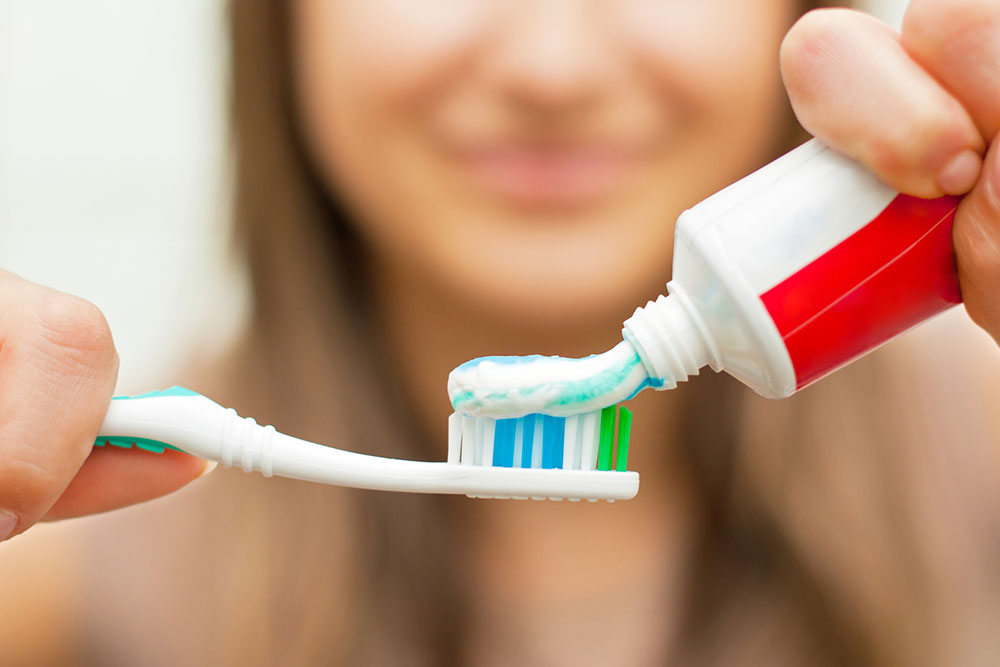
Here’s how teeth are whitened
The natural teeth get their color by the scattering and reflection of light off the enamel, which is the outermost layer of a tooth, in combination with the color of the dentin that lies under it. The genetic factor impacts the smoothness and thickness of the enamel. The thinner the enamel, the more will the color of the dentin shows through. Every day, a thin coating forms on the enamel and picks up stains which are then held in by the pores that are present on the enamel. Aging also results in darkening of teeth since the enamel gets thinner and the dentin becomes darker as one ages.
There are two main types of whitening procedures available today: vital and non-vital. Let us study both of these methods in detail to understand them better.
1. Vital whitening
Being the most common type of teeth whitening technique, this process involves the use of a gel which contains some form of hydrogen peroxide. This gel is directly applied onto the tooth surface. Whitening can be done both in a dentist’s office or at home. However, in-office whitening allows your dentist to make use of a more powerful whitening gel and a specialized light or laser technique that speeds up the process. This type of whitening procedure usually takes up 30-90 minutes and 1-3 sessions on an average.
As far as the process of in-office whitening is concerned, your dentist will first apply a substance that will cover and protect the gums around your teeth. Once this is done, the next step is to place the whitening agent on your teeth. Certain whitening agents get activated by shining special laser lights onto them after their application. For in-home whitening, your dentist needs to prepare custom mouthpieces that fit you by taking imprints of your lower and upper teeth. The mouthpieces ought to fit your teeth well as this helps the whitening agent to remain in contact with your teeth for a longer period of time.
2. Non-vital whitening
For a tooth that has gone through the root canal treatment, vital whitening is ineffective as the staining comes from within the tooth. Therefore, for such teeth, your dentist might have to use an alternative procedure that whitens them from the inside by placing the whitening agent inside the tooth and putting a temporary filling over it. This procedure can then be repeated several times until the desired color is achieved.
With that having been explained, teeth whitening might just be the thing for you if you are looking at achieving a bright and white smile. Not only is teeth whitening effective but it can also improve your self-esteem drastically by altering your smile.


